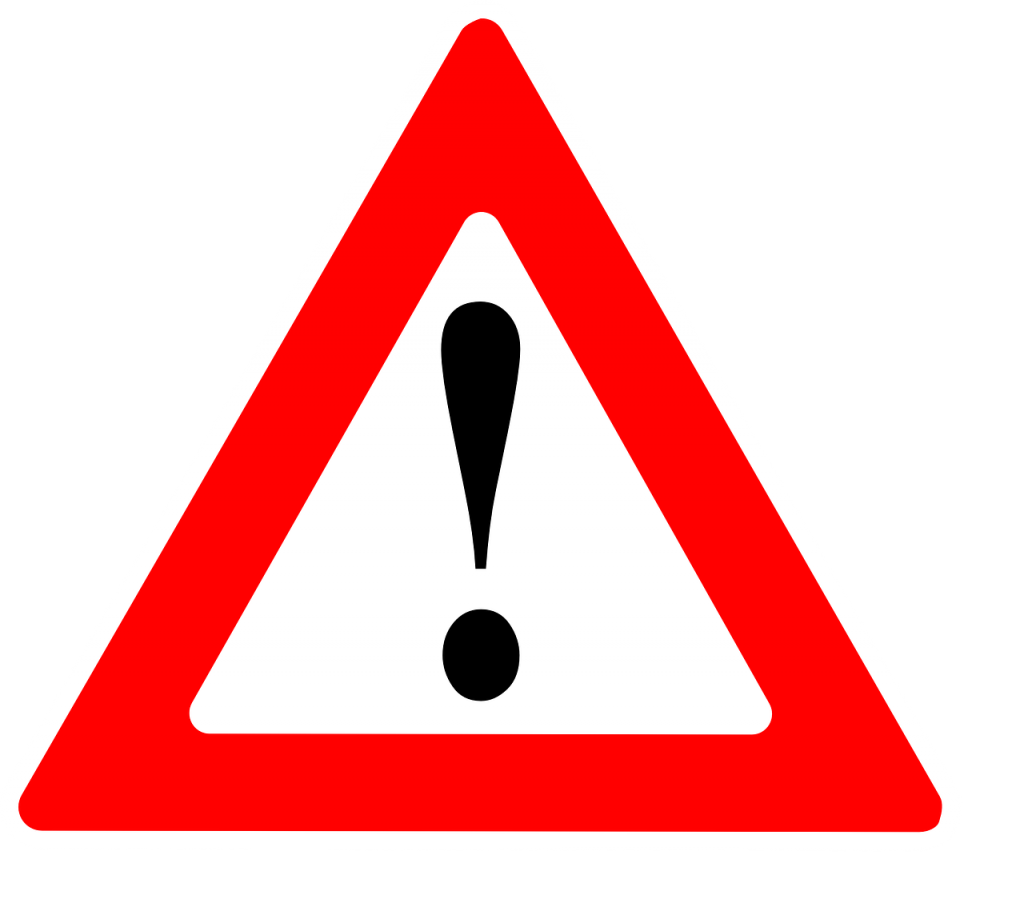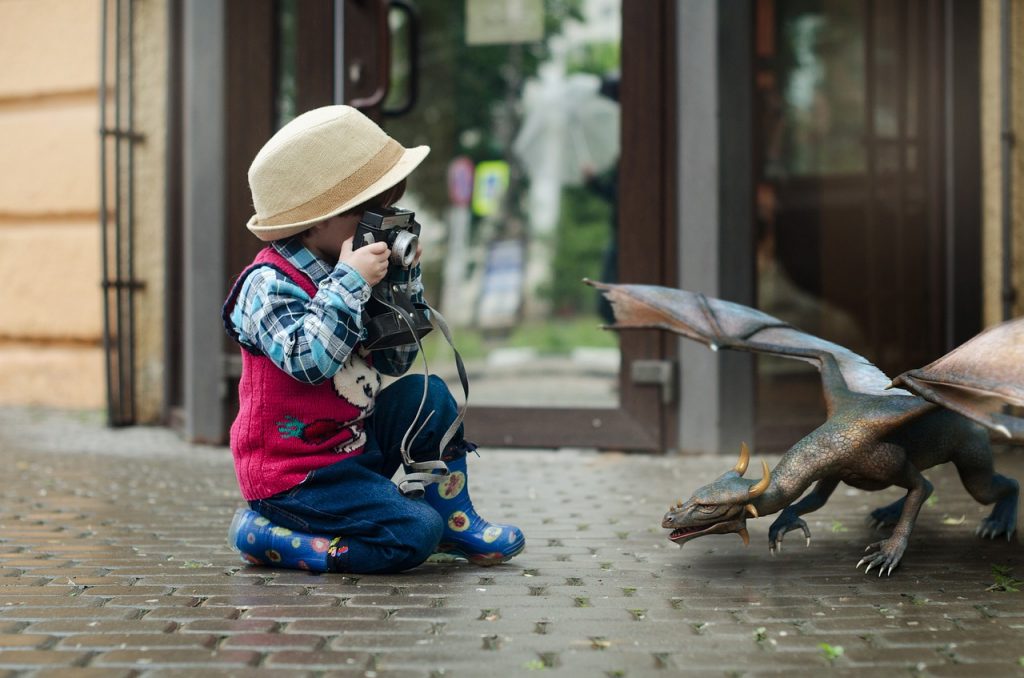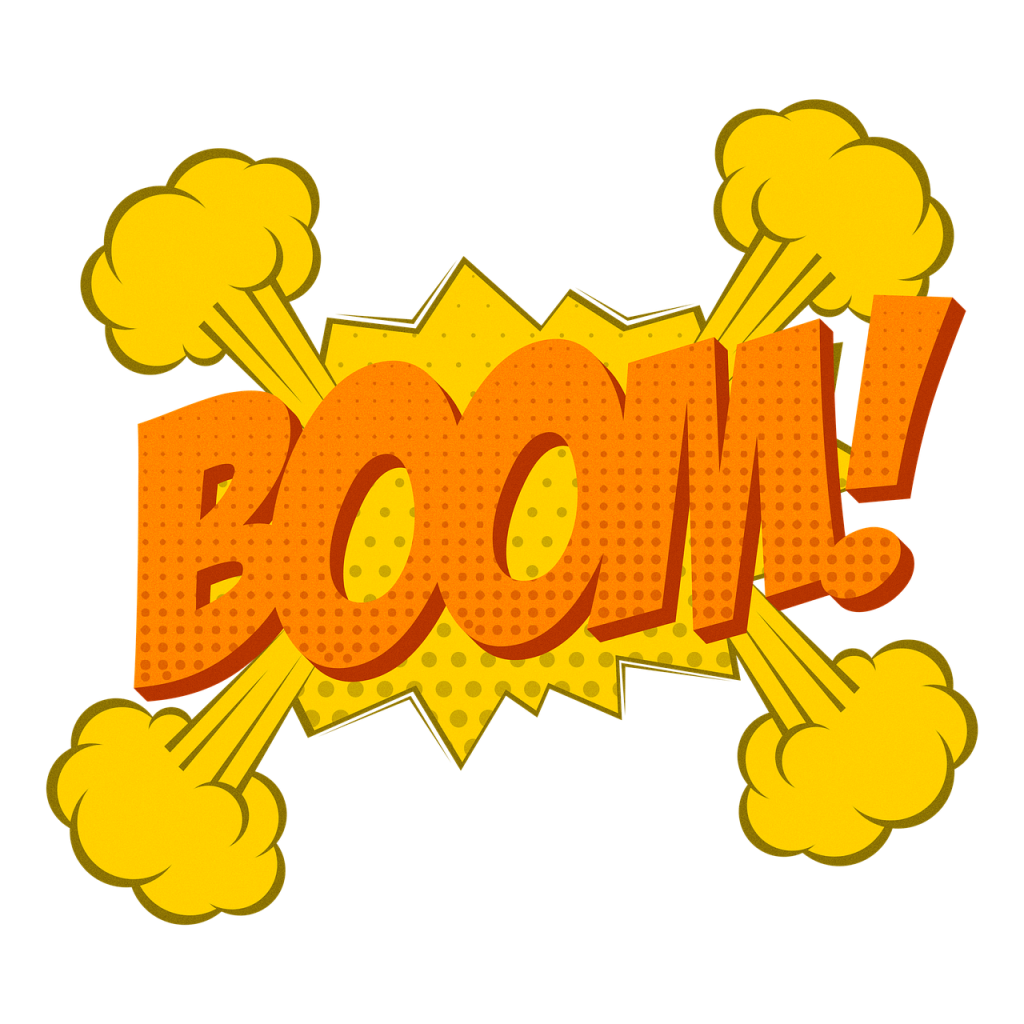
I don’t think he got the same advice as I did about running in zig zag patterns
When being chased by a rhino, you should run in a zig-zag pattern. The wildlife guide in Nepal provided this advice to me. Zig-Zag is probably my favourite onomatopoeia word. The very sound of “zig” and “zag” suggests its meaning. I was “almost chased” by a rhino three times— still don’t know if it was a set up for an extra tip by the guide— and yes, each time, I duly ran in zig-zag patterns. Zippy-do-da! I’m still alive to write this blog.
Onomatopoeia refers to a word that imitates or suggests the word’s sound. It can bring language to life by capturing its sound in the word itself. Buzz, crash, whisper are all common examples. Animal noises (bark, meow, chirp) are all onomatopoeia words. Nature sounds lend themselves to be onomatopoeia. (The drizzle of rain; the swoosh of the wind; the gurgling creek).
Little Sal picked three berries and dropped them in her little tin pail… kuplink, kuplant, kuplunk”
~from “Blueberries for Sal” by Robert McCloskey (1948)
Okay, kuplink, kuplank, kuplunk may be my second favourite onomatopoeia words. How can you not love these words?

WARNING!
Do not use more than directed. You can overdo onomatopoeia if you’re not careful. May cause paragraph bloating, cramps of critical irritation, and rolling of eyes.
Onomatopoeia is most common in children’s stories, poetry, comics and advertising (think of Rice Krispies—Snap, Crackle and Pop). It can sound cliche if used too much or inappropriate for your genre. Kaboom! As cool as this word sounds, it may not be a word you use unless you’re writing a comic strip. Some people might even hate this literary tool as being cheap and overdone.
But just because it’s like having a wield little brother, doesn’t mean he doesn’t have his uses. It can add a layer of sensory description and add spice to your writing.

Shakespeare used onomatopoeia words; so did James Joyce in Ulysses. Here is a great example of combining the onomatopoetic words of “rap” and “tap” to create a new one (and as a bonus, it is also a palindrome):
I was just beginning to yawn with nerves thinking he was trying to make a fool of me when I knew his tattarrattat at the door.
~James Joyce from Ulysses
Read more poems with examples here: https://examples.yourdictionary.com/examples-onomatopoeia-poems.html
In my last blog, The Evil Sisters Anosmia and Ageusia, I talked about the connection of memory to smell. Memory can be triggered by the senses such as smell, sound and taste. When a reader can “hear” what is happening, the better they can remember what they have read. This is why this literary tool can be so effective in advertising. It helps viewers remember the product. You can use same trick as a writer to help connect the reader to your story and remember it. This can be helpful in those first critical pages of your novel when you are trying to make that connection with the reader.

Onomatopoeia words are often divided into these categories:
Collision words: Examples: bang, crash, clap
Animal noises: whinny, meow, bark, buzz
Water sounds: sprinkle, splash, plop
Wind sounds: whoosh, flutter, whip
Vocal descriptions: gasp, hiss, whisper, whew
Action movement: chug-chug-chug, clip-clap, ding-dong

Combining onomatopoeia words with an analogy can create a powerful impact. Here’s an excerpt from the poem, “Honky Tonk in Cleveland, Ohio” by Carl Sandburg (1878-1967):
It’s a jazz affair, drum crashes and cornet razzes.
The trombone pony neighs and the tuba jackass snorts.”
~Excerpt from the poem by Carl Sandburg (Public domain)
Read through your most recent work in progress and see how many onomatopoeia words you used without realizing it. Think about whether it is the best word to use or if you can make it better. When thinking about describing a sound, can you use an onomatopoeia word? Does it sound cliche or does it blend into your writing style?
Wham! Thwack-thwack Thump-thump thud. Whoosh. Oh drat. Little Onomatopoeia has let out the dragons again. I must go…does running in a zig-zag pattern work against dragons too?
Happy writing!